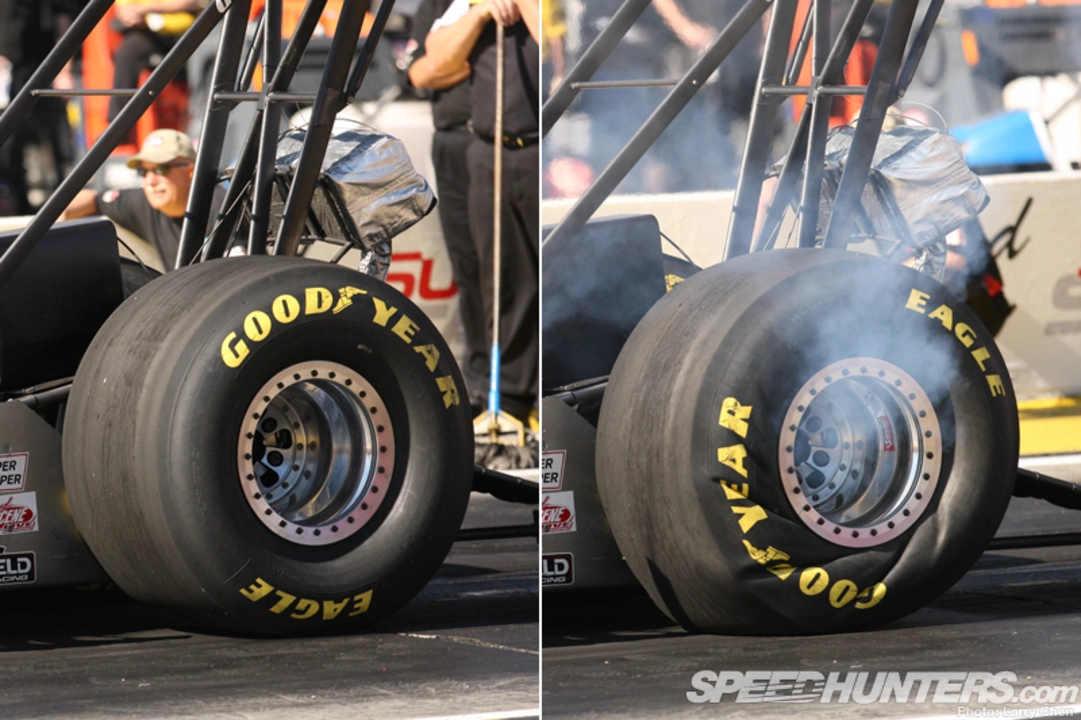Spinning Tires – What They Are and Why They Matter
If you’ve ever watched a race car launch off the line and see the rear wheels squeal, you’ve seen spinning tires. It’s not just noise; it’s a sign that the car is pushing the limits of grip. When a tire spins, the rubber can’t hold the ground, so the car loses forward push. That can be fun in a drift, but on a straight lap it wastes power and slows you down.
Understanding tire spin helps you keep the car fast and safe. You’ll learn how to spot the early signs, what makes a tire lose grip, and what you can do to stay in control. The goal isn’t to avoid spin entirely—sometimes you want a little slip for better cornering—but to manage it so it works for you, not against you.
Why Tires Spin: Grip, Power, and Surface
The three main reasons a tire spins are too much power, not enough grip, and a slippery surface. Power is easy to grasp: a high‑torque engine can overwhelm the tire’s ability to bite. Grip depends on tire compound, pressure, and temperature. Fresh rubber sticks better than worn rubber, and the right pressure gives the largest contact patch.
Surface conditions matter a lot. A dry tarmac offers high grip, while rain, oil, or dust can turn a perfect setup into a spin factory. Even a small patch of loose gravel can cause the rear wheels to break loose, especially when you’re accelerating hard out of a corner.
Practical Tips to Control Spin
1. **Smooth Throttle** – Instead of flooring it, feather the gas. A gradual increase keeps the tire’s grip from getting shocked. Think of it like turning a faucet on slowly rather than ripping it open.
2. **Check Tire Pressure** – Too high pressure reduces the contact patch; too low makes the sidewalls flex and lose grip. Aim for the pressure the tire maker recommends for the track temperature you’re running.
3. **Warm Up the Tires** – Cold rubber is slick. Do a few warm‑up laps, weave a little, and let the tires heat up. Warm tires become stickier and spin less.
4. **Adjust the Differential** – A limited‑slip differential (LSD) can send power to the wheel with more grip, reducing spin. If you’re using an open diff, consider swapping to a locked or semi‑locked unit for tighter control.
5. **Mind Your Weight Transfer** – Braking, steering, and accelerating all shift weight. When you lift off the throttle, weight moves forward, helping the front grip but lightening the rear, which can lead to spin if you’re not careful. Practice smooth transitions to keep the car balanced.
6. **Use the Right Tire Compound** – Softer compounds heat up faster and give more grip, but they wear quickly. Harder compounds last longer but need more heat to perform. Choose based on race length and track temperature.
7. **Practice Controlled Oversteer** – Sometimes a little spin helps you rotate the car through a corner. Try a gentle power slide in a safe area to get a feel for how much throttle the tires can handle before they break loose.
By applying these tips, you’ll notice fewer surprise spins and more confidence when you push the car. Remember, the goal is not to eliminate slip entirely but to make it predictable and usable.
Spinning tires are a symptom, not a mystery. When you understand the why—power, grip, surface—you can tweak your setup and driving style to keep the wheels gripping when you need them to. So next time you line up for a lap, think about pressure, temperature, and smooth throttle. Your tires will thank you, and your lap times will drop.
In drag racing, does spinning the tires really help?
0 Comments
In drag racing, I've often wondered if spinning the tires actually helps. From my research, I found out that it does, but only to a certain extent. Spinning the tires can help to heat them up for better traction, but excessive spinning can lead to tire wear and reduced performance. It's crucial to strike the right balance to get the maximum benefit from this technique. So, while spinning the tires can be helpful in drag racing, it's important not to overdo it to avoid any negative impacts.
Read More